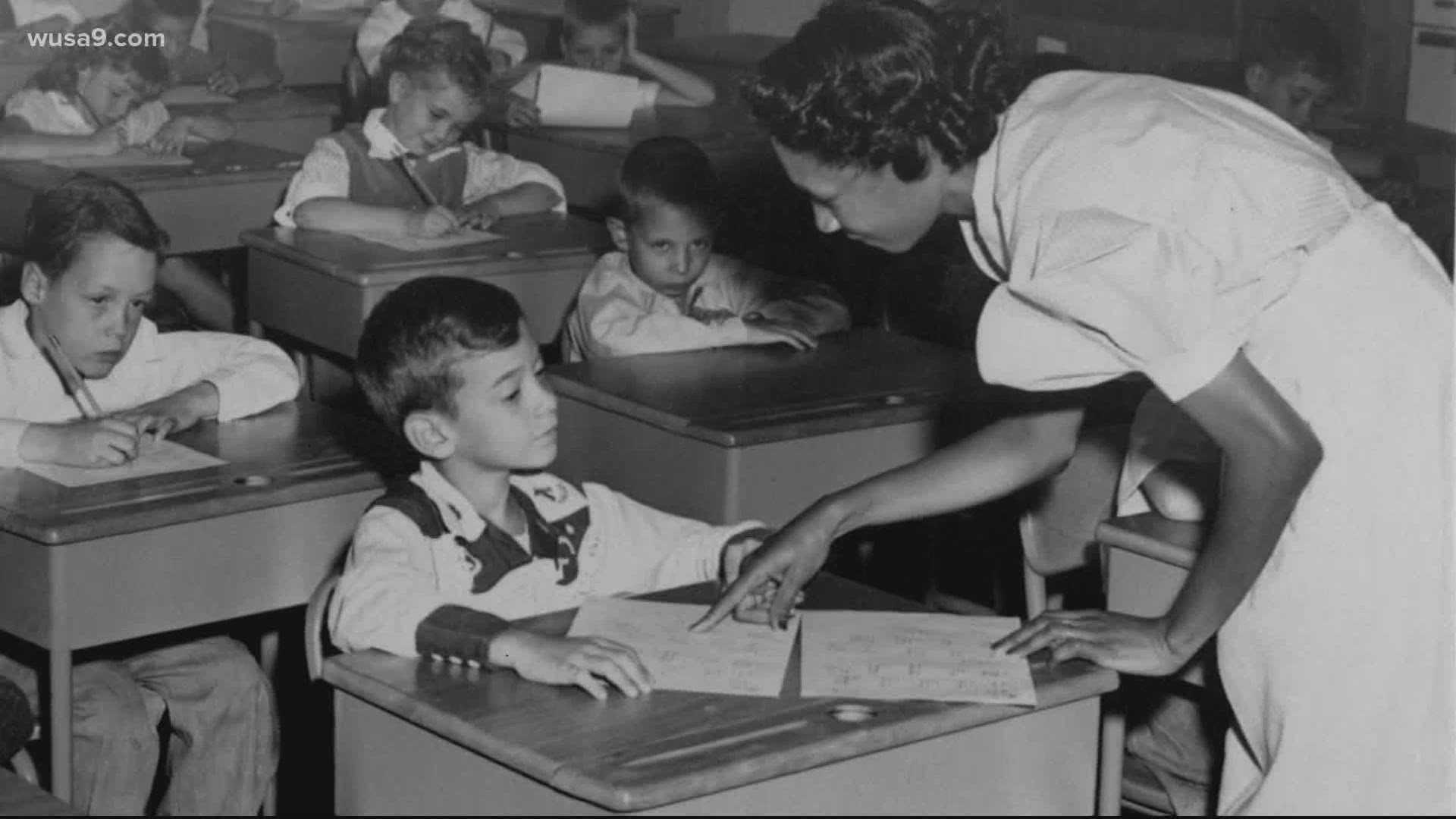PRINCE GEORGE'S COUNTY, Md. — Despite the pandemic, Prince George’s County is still considered home to some of the wealthiest African American communities in the nation. However, it has not always been that way.
In 2017, BET ranked five neighborhoods from the county on its list of 10 Most Affluent African American Neighborhoods in America. The list included: Mitchellville, Kettering, Fort Washington, Woodmore and Friendly.
Today, the median household income is roughly $86,000, according to David Iannucci, president and CEO of the Prince George’s County Economic Development Corporation. Communities like Fort Washington and Mitchellville see average median income numbers in the six-figure range, according to the Census.
“[It’s been] the fastest growing county in the entire state of Maryland for the last six years,” Iannucci said.
He explained that even with the pandemic hampering job growth within the county, much of the population works for the federal government which has kept the unemployment rate from soaring.
The Maryland county, which shares a border with the District, is home to more than 900,000 people. According to the latest Census data, 64% of the population is Black, 27% is white and Hispanics make up the third-largest demographic at 19.5%.
“We’re diverse, educated, well-compensated and mobile," Iannucci said.
While the county has a widely recognized reputation for the opportunities afforded to Black families, 86-year-old Perry Smith III remembers what being a resident was like before the wealth and diversity.
“When I came to Prince George’s County in 1958, I saw poverty everywhere,” Smith, who pastored the First Baptist Church of North Brentwood for 52 years while advocating for equal rights, said. “There were no rich parts.”
When the retired pastor and civil rights activist, who once served as president of the county’s NAACP Chapter, decided to move from the District to the county in 1960, he had trouble finding a home.
“I went, I went, I went, more than 35 places, but they would not rent to me,” Smith, who encountered a lot of racism, said.


At the time, Smith worked for the county and was just a few years into pastoring. He wanted to live closer to work but said it took two years to happen because of discrimination.
“Each time I went, they’d say 'no vacancies,'" he said.
Smith said his white friends did not get the same response.
“I got to the point where I was just very disgusted and angry," Smith said. "I said this is it, I’m going to the County Executive next."
With help from the county, Smith ended up moving to Charlestown Village in Greenbelt, where his new chapter would begin and so would the fight he took on to help integrate schools, housing and employment in the county and beyond its border.
Smith was also a friend to Dr. Martin Luther King Jr. His grandfather, who was involved in the civil rights movement, deeply inspired Smith.
"I used to get up in the morning to see Black kids and white kids on the bus,” Smith said, of his efforts to help integrate schools in Prince George’s County. "I’d sometimes follow the bus to make sure they were safe and so did others.”
In 1960, less than 10% of the county’s population was African American out of more than 350,000 residents, according to data from the Maryland-National Capital Park and Planning Commission. But a shift in the demographic changed in the '70s as more Black families begin to migrate to the county.
It was a trend that steadily increased for decades.
Maya Davis is a research archivist and legislative liaison for the Maryland State Archives. She explains what fueled migration in a county that once held more enslaved African Americans than any other county in the state.
“You see a rise in government jobs in Washington, D.C. and people who are looking for opportunities to build their family communities," Davis said. “You also see the formation of public transportation which makes the community successful."
Iannucci said job growth has been a top priority to meet the needs of the growing population.
“I count diversity in the county as one of our strengths,” Iannucci said. “I don’t know if 30 years ago people understood that. We grew dramatically from a residential standpoint, but not a jobs standpoint and that’s some of the catch-ups we’ve had to do in the last 10 years."



